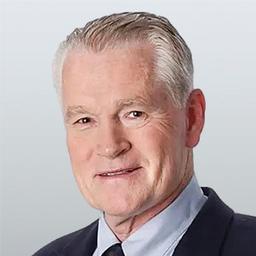Commentary
“When Russia annexed Crimea and meddled in Ukraine’s Donets Basin, or Donbas, region in 2014, its military revealed new technology, organization and tactics—and upended much of the U.S. military’s thinking about modern warfare."— Jason Sherman, Scientific American Defense.





